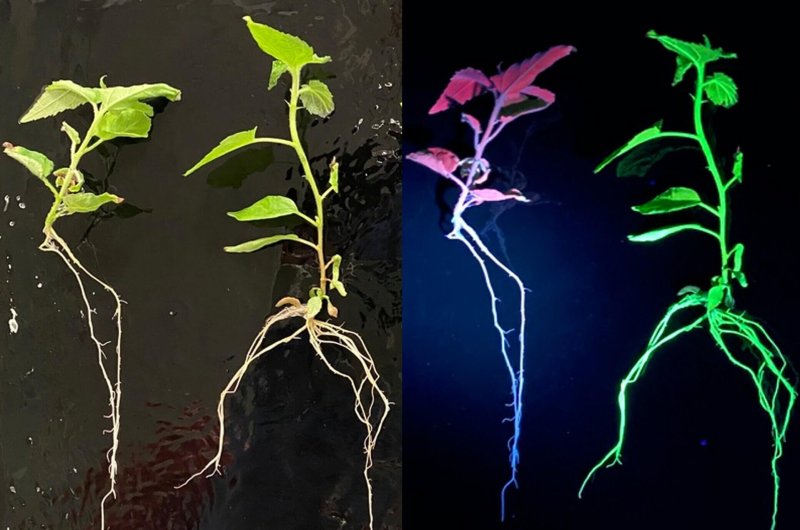CRISPR technologies have quickly become the primary tools of bioengineering, and new versions are continually in development. Identifying whether an organism has been modified by CRISPR technology was previously a complex and time-consuming process.
“Before this, the only way to tell if genome engineering occurred was to do a forensic analysis,” said Paul Abraham, a bioanalytical chemist and head of ORNL’s Secure Ecosystem Engineering and Design Science Focus Area. “To be successful, you would need to know what the genome looked like before it was rewritten.”
Abraham likens their method to an alarm system with two components: a biosensor guide RNA that redirects CRISPR activity and a reporter protein that flags the activity. Researchers encode the two components into an organism’s DNA to enable the monitoring system.
With the self-detect system in place, the biosensor guide RNA intercepts CRISPR, preventing CRISPR from connecting with its original gene target and redirecting CRISPR to a specific DNA sequence that encodes for a nonfunctioning green fluorescent protein, or GFP. When CRISPR edits the sequence, it flips a switch that produces functioning GFP, which creates a green glow signaling CRISPR’s presence.































